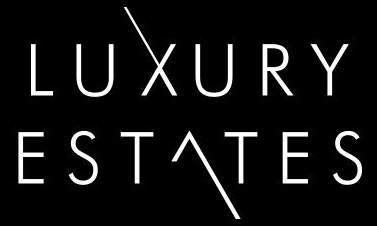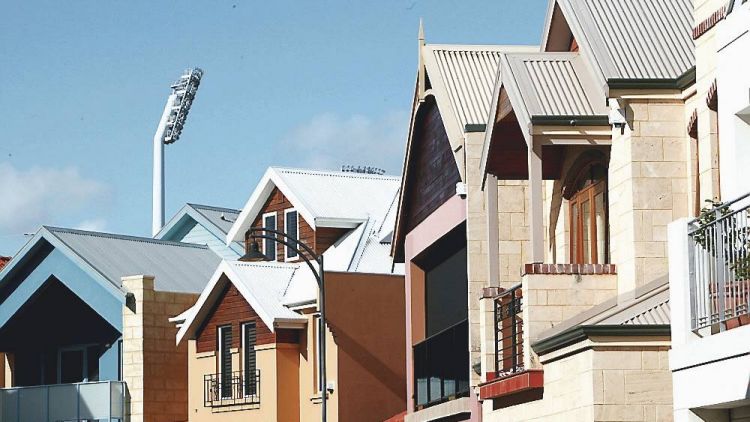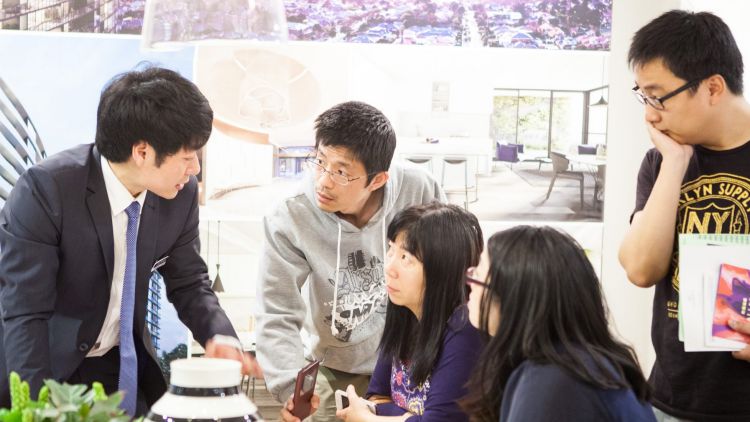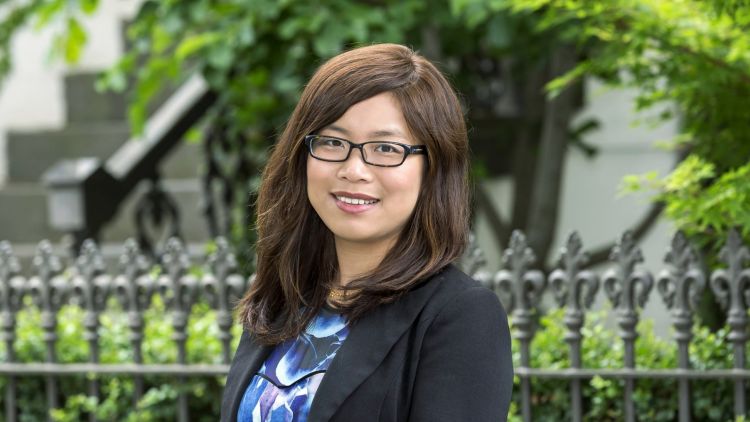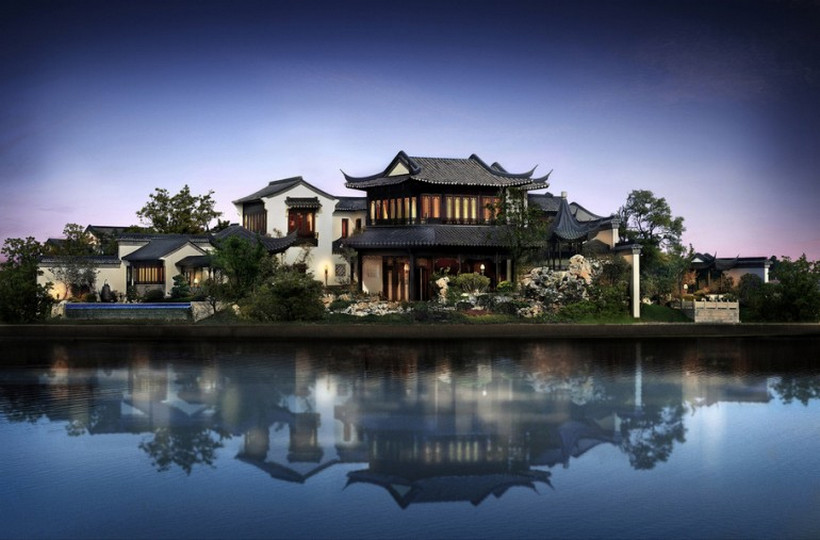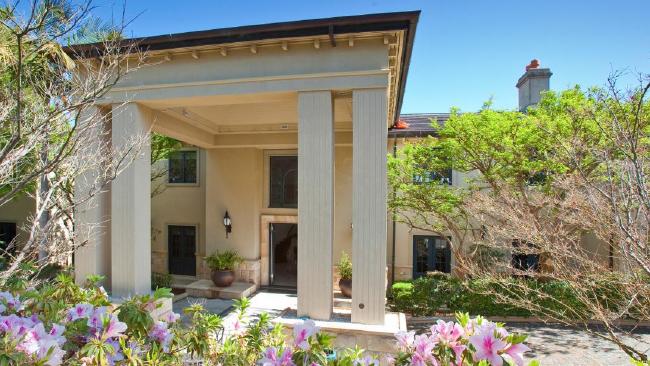Chinese Investments in Australian Property Doubles as FIRB Real Estate Approvals Overall Jump 75 Per Cent
Chinese investment in Australian real estate has doubled.
Foreign appetite for Aussie homes, from all corners of the globe, has surged in the past financial year, with the value of proposed investment rocketing by more than 75 per cent.
The Foreign Investment Review Board annual report shows China remains by far the biggest foreign buyer of property, splashing $24.3 billion in 2014-15 – more than triple the United States and six times the outlay from Singapore.
In 2013-14 China’s intended investment was $12.4 billion, according to FIRB’s past annual report.
That financial year, China surpassed the US for the first time as Australia’s number one foreign investor, and the dominance continues.
About half of all investment rubber-stamped by FIRB in 2014-15 was for real estate, equalling $97 billion.
The second-biggest proposed spender on Aussie property was US-based investors, with $7.1 billion worth of applications ticked off by FIRB.
Singapore, with $3.8 billion, followed by Malaysia ($3.4 billion) and South Korea ($2.5 billion) round out the top five.
Dave Platter, spokesman for Chinese international property website Juwai, described offshore investment as a “rising tide”.
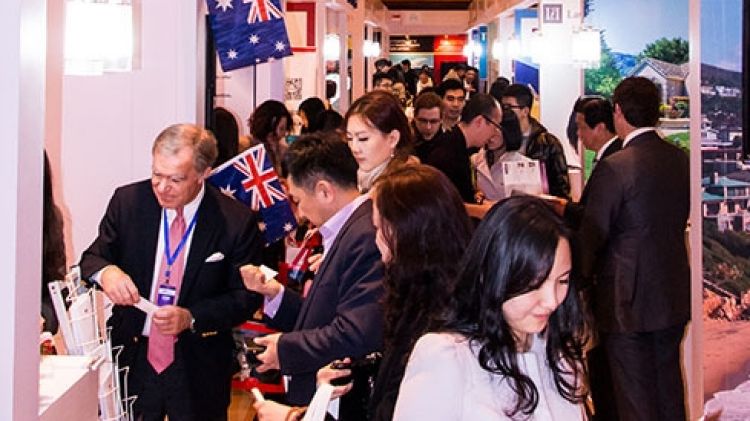
Australian developers competing for Chinese buyers at the Shanghai Luxury Property Showcase. Photo: LPS.
Mr. Platter said there was an “immense up-tapped demand” in China for international real estate.
“There are many, many, many potential Chinese buyers who haven’t even thought about it yet, but one day soon will,” he said.
“We expect Chinese investment overseas to more than double or triple by 2020, and that is not just in Australia – we mean globally.
“So we are not surprised at all by the trend, and we expect it to continue.”
The USA was the most popular country for Chinese property investment, followed by Australia, Mr Platter said.
Since mid-2015, the federal government had announced crackdowns on foreign investors who illegally bought Australian real estate.
In Victoria, non-residents buying property also needed to pay additional stamp duty of 3 per cent from July 1, and an absentee land tax of 0.5 per cent which applied from 2016.
Some property pundits believed the extra taxes and crackdowns would slow Chinese investment, but Chinese property portal ACProperty director Esther Yong expects momentum to continue.
Ms Yong said Chinese buyers were concerned about investing in countries with a lack of regulations, so increased regulations in Australia may provide Chinese buyers more confidence in the long-term.
Chinese buyers don’t just buy to invest, she said, but may look to buy in Australia because they have family or friends in the country, or planned to send their children to study.
Overall, proposed investment in residential real estate soared 75 per cent, from $34.7 billion in 2013-14 to $60.8 billion in 2014-15.
A large proportion of the increase was from new dwellings approvals, with the value of off-the-plan apartments by developers jumping from $16.38 billion to $28.69 billion.
Proposed spending by individual investors also doubled, up from $7.72 billion to $14.38 billion.
Foreign investment on existing homes also jumped $7.17 billion to $10.09 billion last financial year.
Offshore buyers are permitted to buy new homes with FIRB approval, and established homes under several circumstances.
Temporary residents can buy one established dwelling to live in, on the condition they sell the property within three months when it’s no longer their residence.
They can also buy an existing habitable dwelling but need to replace it with multiple dwellings.
Overall, there were 36,841 residential real estate proposals approved in the 2014-15 financial year, compared with 23,054 the year before.
China topped the list for total investment approvals last financial year, totalling $46.5 billion, which includes tourism, manufacturing, agriculture and mineral exploration.
The US ranked second, with $25 billion worth of investment approvals, followed by Singapore ($9.9 billion), Japan ($8.6 billion) and Canada ($7.8 billion).
SOURCE: Domain
POSTED: April 9, 2016
AUTHOR: Christina Zhou
